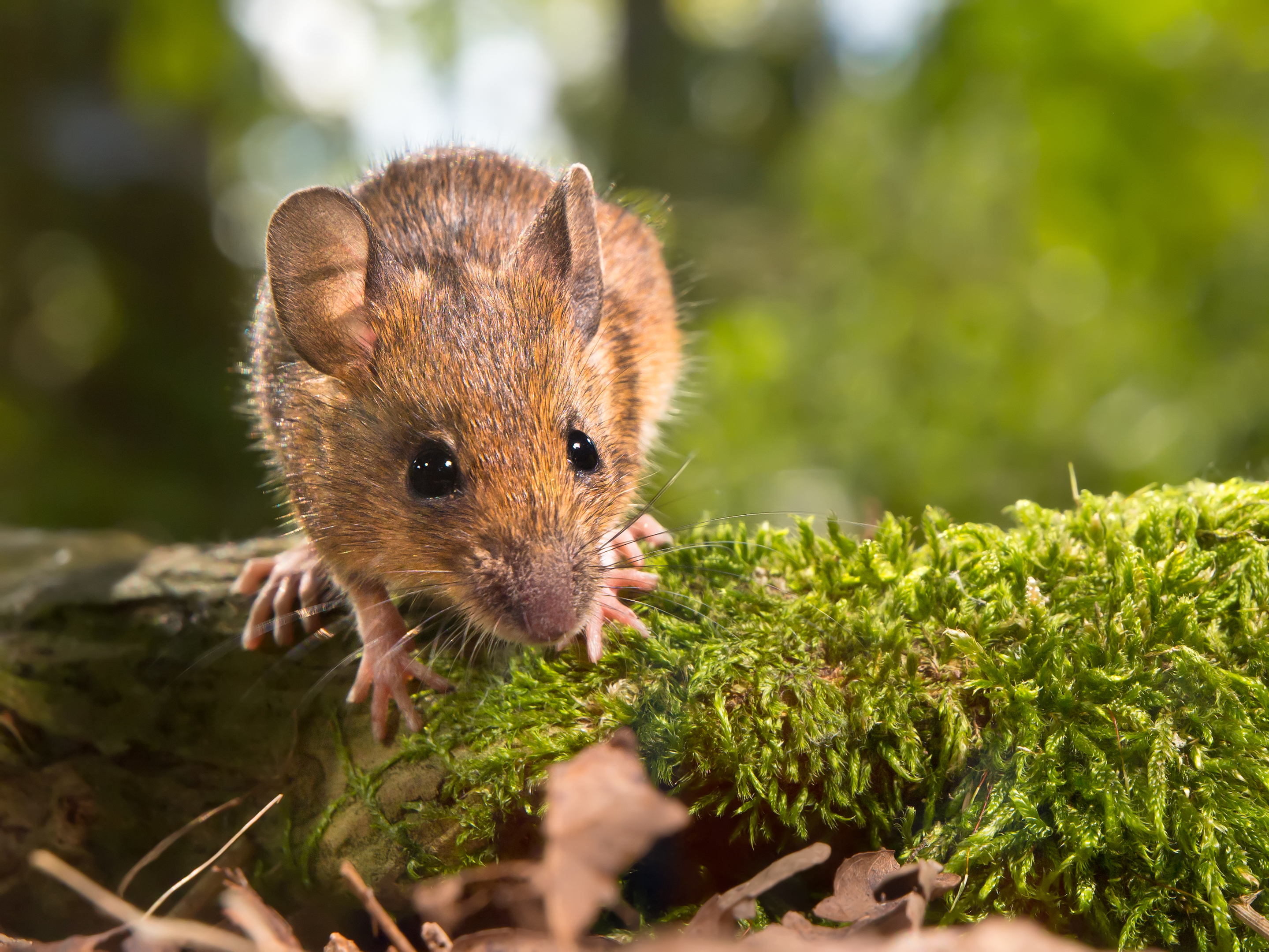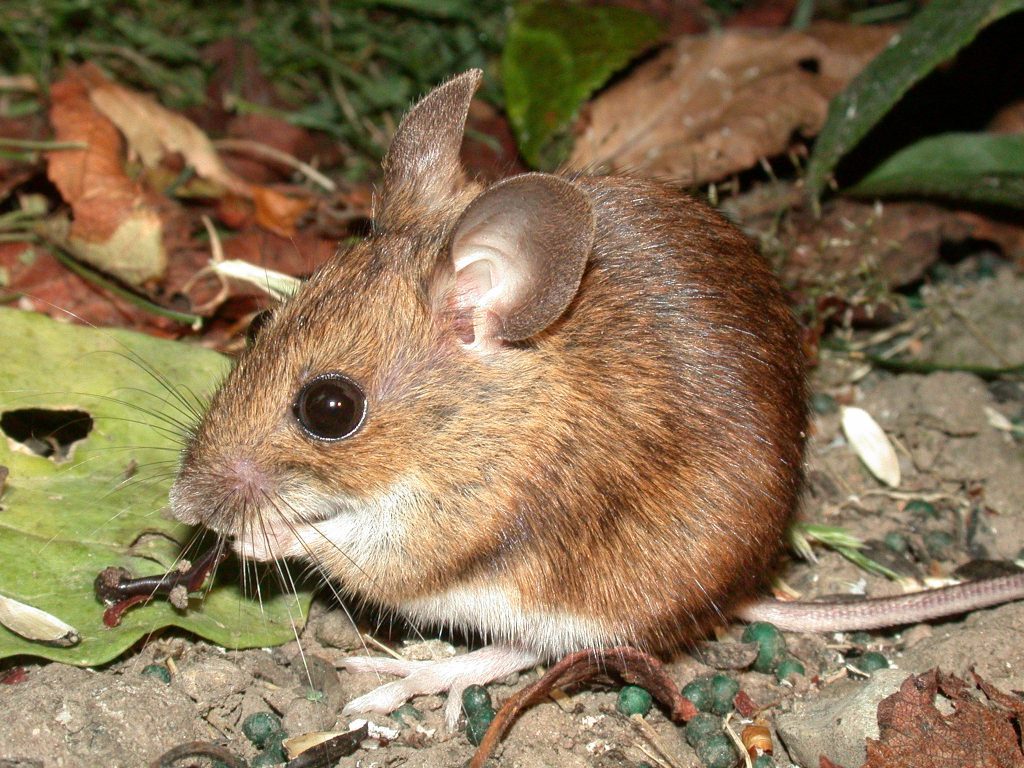Caught in the gentle light of a softly filling dawn, this little wood mouse looked as if it was hanging on for dear life as it swung precariously on the garden peanut feeder.
But the agile mouse knew what it was doing and quickly swivelled its body into a more upright position so that it could gnaw at the peanuts in easier fashion through the wire mesh of the dispenser. I watched its wee silhouette for a while longer from the warmth of our kitchen, but something spooked the creature and it was gone in a flash.
A pity, because wood mice are one of our most attractive wild animals with beautiful large eyes set upon a whiskery face. The fur is sleek and glistening brown, the kind of coat one would be tempted to stroke if given half the chance.
Frances Pitt, the early 20th century naturalist, also remarked upon the innate cuteness of this endearing little mouse when she wrote: “To see one sit up and wash its face, rubbing ears and quivering whiskers with tiny cat-like gestures, is a treat indeed.”
I suspect wood mice are frequent visitors to our garden bird table, but because they are nocturnal, it is only on occasion that I’m ever lucky enough to catch one in the act. They are certainly excellent climbers and often crawl up high in bushes in search of berries. Indeed, I once disturbed one that had been sleeping in an old blackbird’s nest several feet above the ground.
In some ways the wood mouse is like a cross between a squirrel and a kangaroo – an excellent climber but with big hind feet enabling it to jump a decent distance across the ground should danger threaten. They are so fleet of foot that one wonders how a fox or owl can ever have the skill and co-ordination to seize one.
It has been a good winter season for bird visitors to our feeding table and for the first time one of the hanging feeders was regularly filled with sunflower hearts rather than shell-on seeds. They are a tad more expensive to buy but this was compensated by the abundance of birds attracted, particularly goldfinches and greenfinches, which had previously been scarce.
I am intrigued by the feeding patterns of these garden birds and I have often thought that this would make a fascinating topic for amateur study that could be conducted from the comfort of one’s house. But as a casual observation, very few birds visit our nut and seed feeders as dawn breaks, it is only an hour or so afterwards that they descend in droves.
One would think after a long cold night without food that it would be more imperative than ever to visit the bird table as early as possible. But they don’t, the birds hold back. Could it be that nocturnal predators are still lurking at dawn and it is safer to wait for just that little bit longer?
Info
Wood mice are widely distributed in Scotland and even occur on moorland and mountain sides. Seeds and shoots are the main food, but they will also eat snails and other invertebrates.











